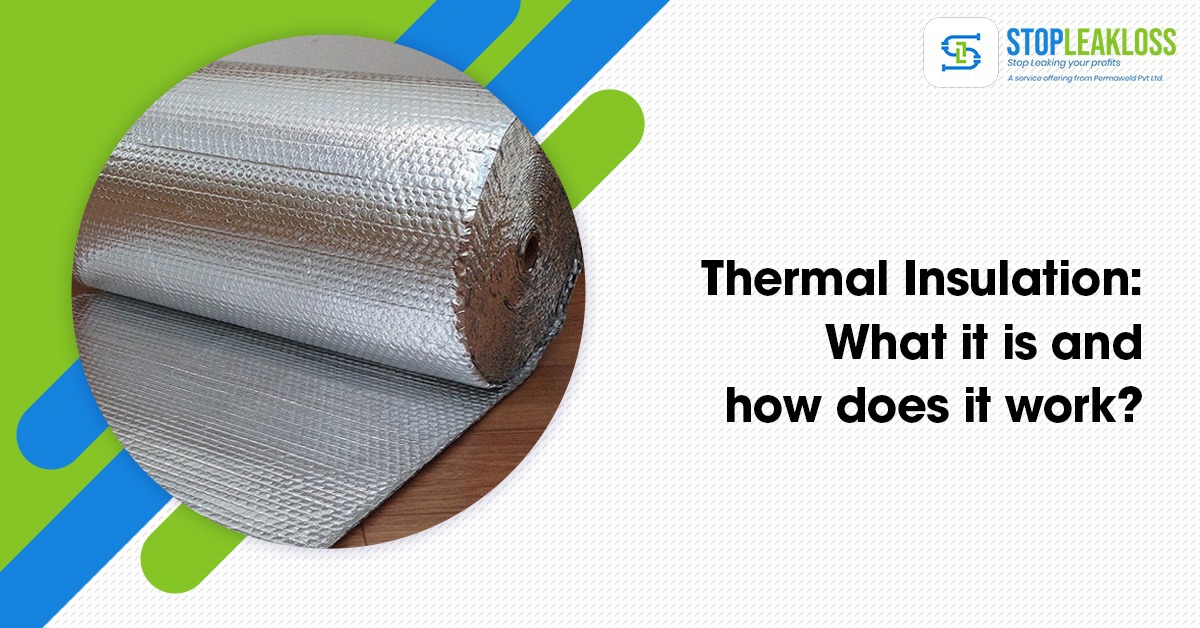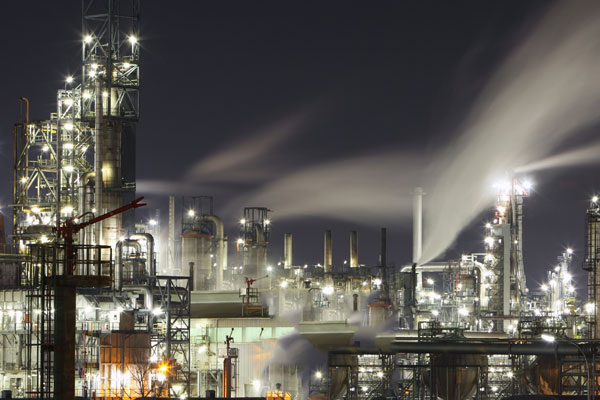
Thermal Insulation: What it is and How does it work?
Thermal insulation encompasses all measures to prevent heat transmission between a hot and cold medium. Thermal insulation is utilised in various applications, including construction (maintaining a comfortable temperature within a structure while using the least amount of energy), industries, automobiles, and chainsaws: the cold, the kitchen, and the cloth.
The blanket keeps you warm because it is a “thermal insulator”: it prevents the heat that your body naturally produces from escaping into the night air. As a result, “thermal insulation” implies that heat movement is restricted.
It makes no difference how hot or cold a thing is compared to its surroundings. Thermal insulation stops heat from moving from warmer to colder locations. So a refrigerator includes thermal “blankets” on its walls to block outside heat from entering the cold chambers. High-temperature furnaces, such as those used to melt glass, run at temperatures above 2000°F, and special “refractories” (extremely high-temperature thermal insulators) are used to avoid excessive heat loss, which would significantly raise fuel costs.
So, regardless of temperature, materials (thermal insulators) exist that prevent heat passage.
Heat Transmission
When there is a temperature difference between two surroundings, and especially when the temperature difference is significant, a heat exchange occurs. Heat is transferred from the heated medium to the cold medium by conduction, radiation, convection, or the simultaneous action of two or more of these processes.
The thermal insulation objective is to limit or even eliminate heat transfers between two bodies of differing temperatures. For example, it might be to maintain the heat inside a house or keep it cold in a refrigerator. This entails sandwiching an insulating substance between the hot and cold mediums. This substance, commonly referred to as a “heat insulator,” can be as basic as a dry layer of air with an equal air gap between the two environments.
Thermal Insulation Building
Building thermal insulation lowers heat exchange between the interior and the outside environment, lowering the demand for heating and, where suitable, air cooling. This insulation must be considered in light of the climatic restrictions of the structure’s location. The main premise of the passive home is thermal insulation. It retains heat inside during the winter and keeps the house cool during the summer. Improved insulation lowers energy consumption; thus, lower energy consumption equals lower GHG emissions ( greenhouse gases ).
Thermal insulation of buildings is required to combat energy waste (whether heated or cooled). It is controlled in France and many other countries. The new property must be insulated in France, but it is also a cost-effective technique to cut heating and cooling expenses while boosting comfort. It is promoted by the authorities, for example, through the initiative Isolto 1 (Région Nord-Pas-de-Calais) or the tax credit for energy transition 2, 3.
The RT2012 now demands construction or renovation to have insulation and insulation indices and high sealing and low humidity. These indexes differ by region (climate, height). Thermal performance diagnosis (DPE) 4 and 5 indices, which must be less than 50, have been developed to categorise building insulation. The RT2017 delivers a DPE index to construction that is less than zero. The new buildings must be self-sufficient in terms of energy.
Expertise in thermal insulation
Thermal expertise denotes the quality of a house’s insulation. It also allows you to determine which solutions are most suited to improving energy performance and the profitability of these adjustments.
Incorporating thermal insulation for pipes
For economic reasons, piping hot water must be segregated, as must cold water to prevent condensation and the creation of frost or ice. Flows (gutters, sewers, sewage, sewage disposal) must not be overlooked. For pipes with modest diameters (10 to 30 mm), there are cylindrical sleeves (“sleeves”) made of foam that are readily cut and may be fitted on pipes in place. Small diameter pipe insulation must be built of high-performance material, or else it may increase losses due to the increased surface area in contact with the outside.
The valves and other components can be insulated using a thin polyethene sheet and adhesive tape. Using a visible label to find the position and function of the valve might be crucial in the case of a malfunction or during maintenance.
If the external manholes carrying the valves (or even the construction site counter) are not properly buried, they must be insulated with expanded polystyrene.




[…] necessitates a commitment to educating individuals in charge of steam traps regularly. Finally, it’s critical to understand that a steam trap programme will minimise […]